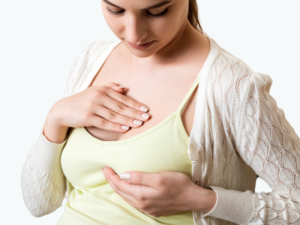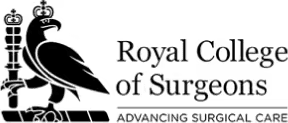Breast Implant
Breast implants and mammograms: does it affect the results?

Mammograms are essential for the early detection of breast cancer, but many women with breast implants wonder whether their implants will impact the accuracy of their mammogram results. Since breast augmentation surgery involves placing an implant either above or below the chest muscle, it is natural to be concerned about whether mammograms rupture breast implants or if implants interfere with screening.
In this blog, we will discuss what a mammogram is, how breast implant surgery affects mammography, and what steps women with implants should take for accurate breast cancer screening.
What Is a Mammogram?
A mammogram is a specialized X-ray imaging test used to detect breast cancer at an early stage. The procedure involves compressing the breast between two plates to capture a detailed image of the breast tissue. Mammograms are an essential tool for detecting lumps, tumors, or other abnormalities before they can be felt.
How Are Screening and Diagnostic Mammograms Different?
There are two types of mammograms:
- Screening Mammograms: These are routine X-ray exams used to detect early signs of breast cancer in women with no symptoms.
- Diagnostic Mammograms: If a screening mammogram shows abnormalities or a woman has symptoms such as lumps, pain, or discharge, a diagnostic mammogram is performed to get a more detailed view.
Do Breast Implants Affect Mammograms?
Yes, breast implants can make mammography more challenging. Since implants are not transparent on X-rays, they can block the view of underlying breast tissue, making it harder to detect abnormalities. However, breast augmentation surgery does not make mammography ineffective. Special imaging techniques help radiologists obtain a clear view of the breast tissue despite the presence of implants.
What Are the Different Types of Mammograms?
For women with breast implants, radiologists use advanced techniques such as:
- Eklund Technique: If the implant is placed over the chest muscle, it is gently pushed aside, allowing the breast tissue to be imaged separately.
- Implant Displacement Views: Different angles are used to capture clear images of the breast tissue surrounding the implant.
- 3D Mammography (Tomosynthesis): This method provides a more detailed image, improving detection accuracy.
- Ultrasound or MRI: Additional imaging techniques may be recommended if mammogram results are unclear.
Do Mammograms Rupture Breast Implants?
Mammograms involve firm compression of the breast, which can be a concern for women with breast implants. However, the risk of rupture during a mammogram is extremely low, especially with modern, high-quality implants. If you have concerns about your breast implant surgery, consult with your plastic surgeon before scheduling your mammogram.
How to Prepare for a Mammogram with Breast Implants
To ensure accurate results, follow these preparation tips:
- Choose the Right Facility: Select a center experienced in imaging women with breast implants.
- Inform the Radiologist: Let your technician know about your implants before the screening.
- Bring Implant Information: Provide details about your breast augmentation surgery, including implant type and placement.
- Avoid Caffeine: Caffeine can cause breast tenderness, making the mammogram uncomfortable.
- Wear a Two-Piece Outfit: You’ll need to remove your top for the procedure.
- Ask Questions: Discuss any concerns with the radiologist beforehand.
Breast Implants and Breast Cancer Screening
In addition to mammograms, women with breast implants should consider other screening methods:
- Breast Self-Exams: Regularly check for lumps, changes in shape, or pain.
- Clinical Breast Exams: Have a doctor examine your breasts every 1–3 years.
- Breast MRI: Recommended for women at higher risk of breast cancer.
- Breast Ultrasound: Useful for evaluating abnormalities detected in a mammogram.
Why Choose Dr. Faisal Salim for Breast Augmentation and Implant Concerns?
Dr. Faisal Salim is a leading plastic surgeon in Dubai, specializing in breast implant surgery, breast augmentation surgery, and post-augmentation care. With extensive experience in aesthetic and reconstructive breast surgery, Dr. Salim ensures that every patient receives personalized care, from consultation to post-surgery follow-up.
If you have concerns about your breast implants and mammograms, schedule a consultation with Dr. Faisal Salim to discuss your options and ensure the best approach to your breast health.








